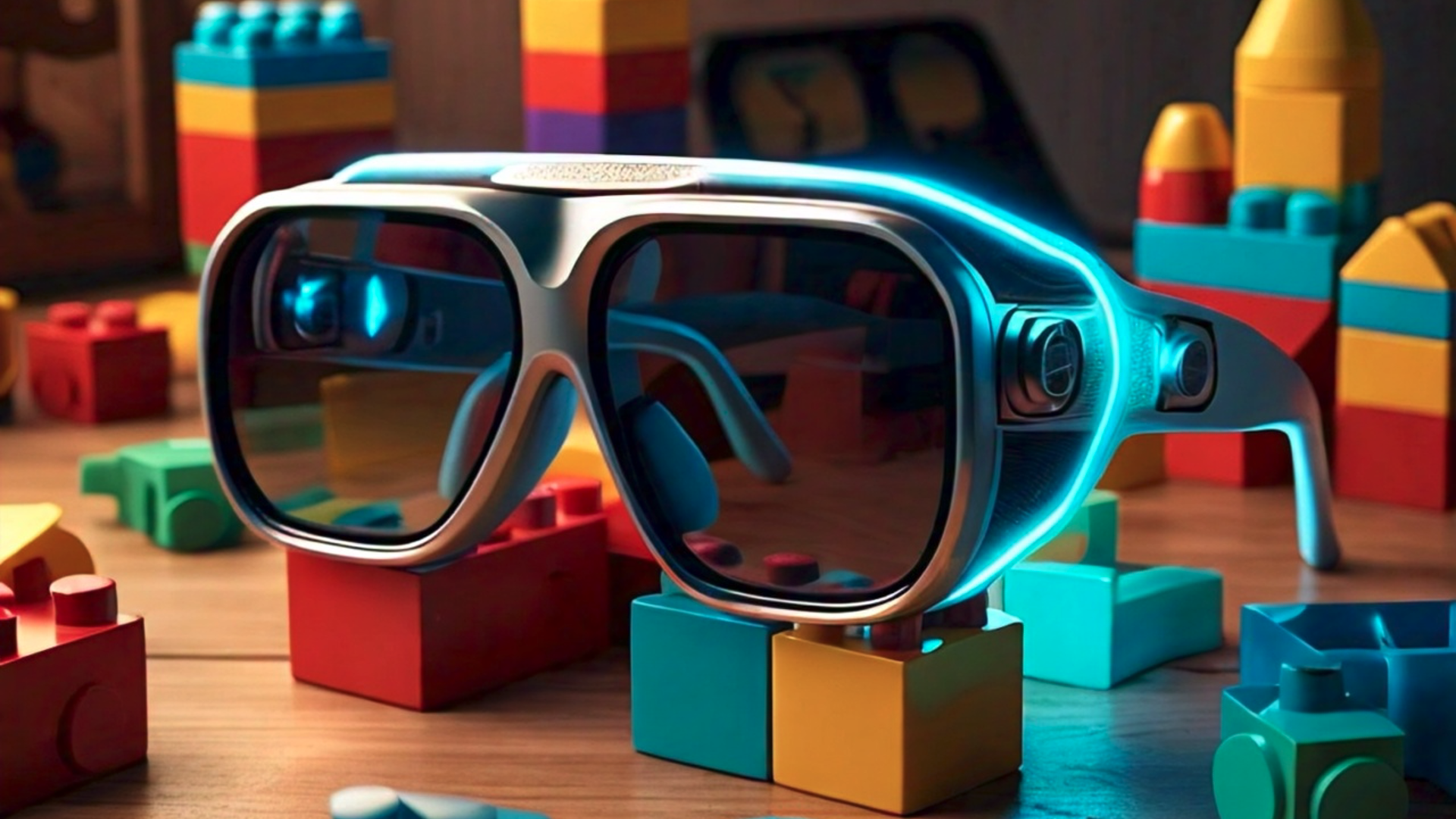Welcome back to AWE Talks, our series that revisits the best of AWE’s conference sessions. The past year has seen rich insights from AWE USA, AWE Asia, and AWE Europe. And AWE USA 2024 is just around the corner.
This week, we dive into an AR glasses reality check. What's the current state of the art? How far have we come? How far away is the holy grail? And what are the biggest challenges? A multi-disciplinary panel breaks it down.
how is AWS supporting the XR ecosystem with tools to help create, automate, and deliver immersive experiences? An AWS team breaks down its multi-angle approach.
See the summarized takeaways below, along with the full session video. Stay tuned for more video highlights each week and check out the full library on AWE’s YouTube Channel.
Speakers
Pablo Colapinto
Monica Arés
Martin Herdina
Cerilenne Menendez Mendoza
– When looking at the consumer device continuum, there's a bit of a bell curve, historically.
– We went from one or two devices to several screens, and could next move back to a few.
– That last part is the hope for intuitive spatial computing that's more ambient and intelligent.
– AR glasses will be a key stepping stone in that evolution in terms of line-of-site UX.
– However, getting there continues to take a while, given design challenges and tradeoffs.
– For example, one classic tradeoff is between UX richness and device style/wearability.
– One answer is to focus on specific points on that sliding scale versus trying to do everything.
– This can be seen in devices like Ray-Ban Meta Smartglasses,* choosing wearability over UX.
– But that's not to say they aren't effective. They do a lot with a little... without a display even.
– Much of that is thanks to multimodal AI, which engenders a smart and personalized assistant.
– Another spot on that sliding scale is mixed reality and passthrough-AR through VR devices.
– This provides a bridge to AR glasses by letting the technology incubate within VR headsets.
– That's a key step for AR because it lets AR piggyback on the more mature VR form factor.
– As a result, more people will experience AR, which could help seed demand for the technology.
– All of these more focused approaches also provide coherent value propositions to users.
– For example, Xreal Air 2 offers immersive viewing of 2D screens for gaming & entertainment.
– Meeting users halfway with such use cases they understand is a key step in XR's early days.
– Similarly, don't judge AR devices based on their spec sheets... consider intended use cases.
– This traces back to the same theme: purpose-built hardware for focused use cases.
– We'll continue to see this play out until (several years away) AR glasses are a silver bullet.
– Meanwhile, positive signals could be seen in the vibrance of the show floor at AWE USA 2023.
– We'll see if that energy and momentum are carried forward at AWE USA 2024 next month.
*Ray-Ban Meta Smartglasses were launched after this panel discussion took place but thematically align.
For more color from the panel, see the full session below...




